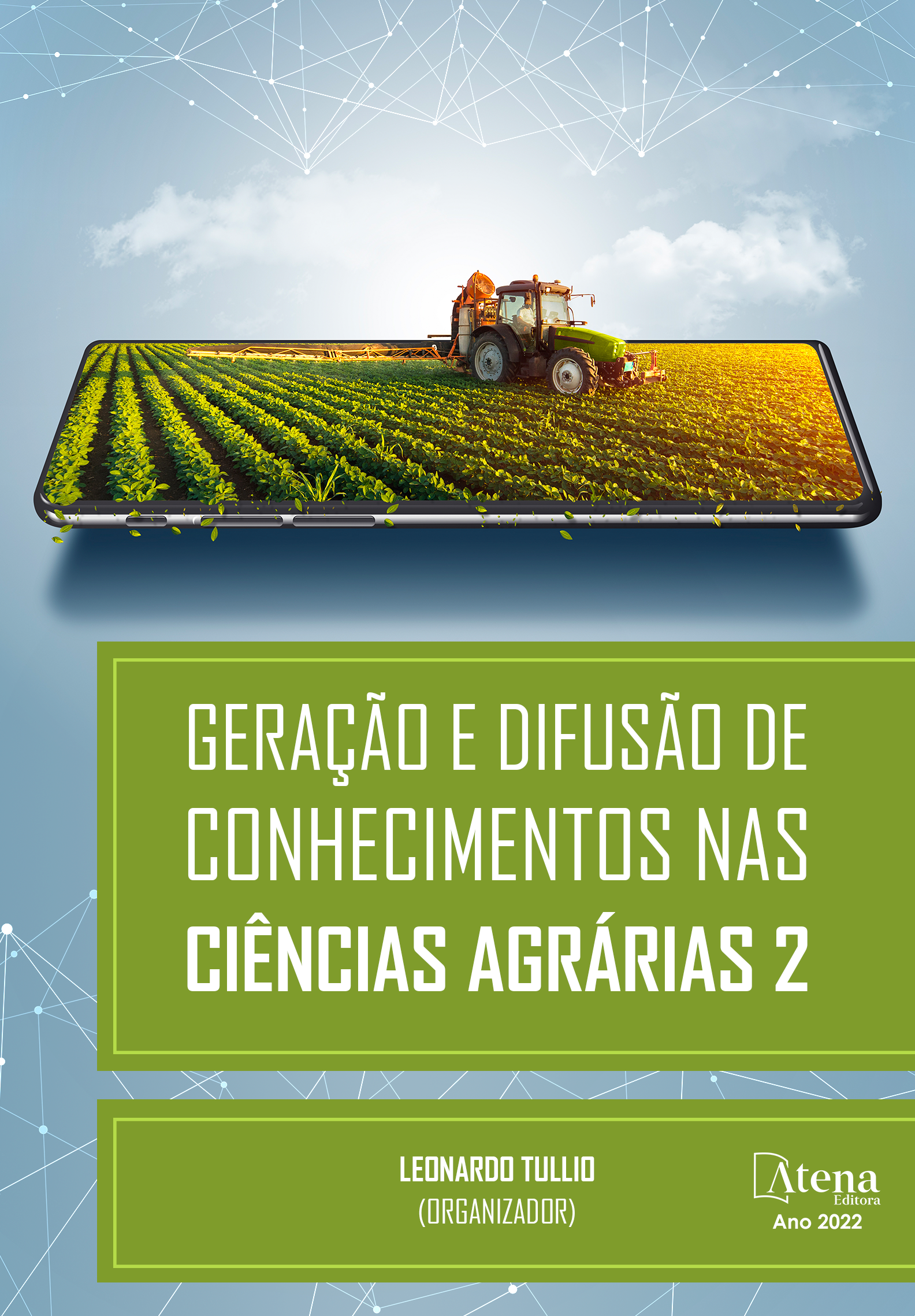
EVALUACIÓN DE LA RELACIÓN ENTRE LA TEMPERATURA DE FONDO IN SITU y LA CAPTURA POR UNIDAD DE ESFUERZO (CPUE) DE LA PESCA CON TRAMPAS DE LA BRUJA PINTADA (Eptatretus stoutii), EN LA COSTA OCCIDENTAL DE BAJA CALIFORNIA, MÉXICO
Se realizó en el periodo mayo a noviembre 2021, pesca exploratoria al sur de Ensenada, Baja California, para la búsqueda de un recurso pesquero nuevo denominado bruja pintada (Eptatretus stoutii). Se utilizaron mediciones de temperatura insitu o de profundidad medido con Hobos, aplicando la técnica de pesca experimental utilizando una embarcación equipada con trampas. La captura total reportada en toda la campaña fue de 28.4 toneladas con un esfuerzo pesquero de 92 lances, 13,800 trampas y un CPUE promedio de 2.05. En el reporte por meses del valor registrado de CPUE, se obtuvo que el mes de noviembre fue el más bajo con 1.33 kg/trampa, en el CPUE del mes de agosto, se registró el promedio mensual más alto de la campaña de pesca con 2.45 kg/trampa. El mixínido fue más abundante en las localidades de San Isidro, San Quintín y Punta Banda La bruja pintada se distribuye desde 30 hasta 340 m de profundidad. Los mayores rendimientos se encontraron entre 50 y 100 m, con valores superiores a 2.1 kg/trampa. El intervalo de talla entre los ejemplares capturados está entre 130 y 650 mm, con promedio de 393 mm. Los valores máximos y mínimos de peso observados correspondieron respectivamente, a 10 y 392 g. con un promedio de 136 g. Para el caso de la temperatura insitu o de profundidad, los registros de los valores promedio reportados fueron como sigue: mes de agosto 16 º C a una profundidad 200 m, para el mes de octubre la temperatura reportada fue de 15 º C y una profundidad de 180 m. Se registró un CPUE con una relación directa positiva con la temperatura fría e inversamente negativa a la temperatura cálida
EVALUACIÓN DE LA RELACIÓN ENTRE LA TEMPERATURA DE FONDO IN SITU y LA CAPTURA POR UNIDAD DE ESFUERZO (CPUE) DE LA PESCA CON TRAMPAS DE LA BRUJA PINTADA (Eptatretus stoutii), EN LA COSTA OCCIDENTAL DE BAJA CALIFORNIA, MÉXICO
-
DOI: 10.22533/at.ed.5442211045
-
Palavras-chave: -
-
Keywords: -
-
Abstract:
An exploratory fishery was carried out from May to November 2021 south of Ensenada, Baja California, in search of a new fishery resource called the painted witch (Eptatretus stoutii). In situ temperature measurements or depth measured with Hobos were used, applying the experimental fishing technique using a boat equipped with traps. The total catch reported throughout the campaign was 28.4 tons with a fishing effort of 92 sets, 13,800 traps and an average CPUE of 2.05. In the monthly report of the registered value of CPUE, it was obtained that the month of November was the lowest with 1.33 kg/trap, in the CPUE of the month of August, the highest monthly average of the fishing campaign was registered with 2.45 kg/trap. The hagfish was more abundant in the localities of San Isidro, San Quintín and Punta Banda. The painted witch is distributed from 30 to 340 m deep. The highest yields were found between 50 and 100 m, with values higher than 2.1 kg/trap. The size interval between the captured specimens is between 130 and 650 mm, with an average of 393 mm. The maximum and minimum weight values observed corresponded, respectively, to 10 and 392 g. with an average of 136 g. In the case of in situ or depth temperature, the records of the average values reported were as follows: August 16 º C at a depth of 200 m, for the month of October the temperature reported was 15 º C and a depth 180m A CPUE was recorded with a direct positive relationship with cold temperature and an inverse negative relationship with warm temperature
-
Número de páginas: 18
- Alfredo Emmanuel Vázquez Olivares
- Osiris Vargas López
- Jorge Flores Olivares


